Some sacred animals on display at the exhibition:
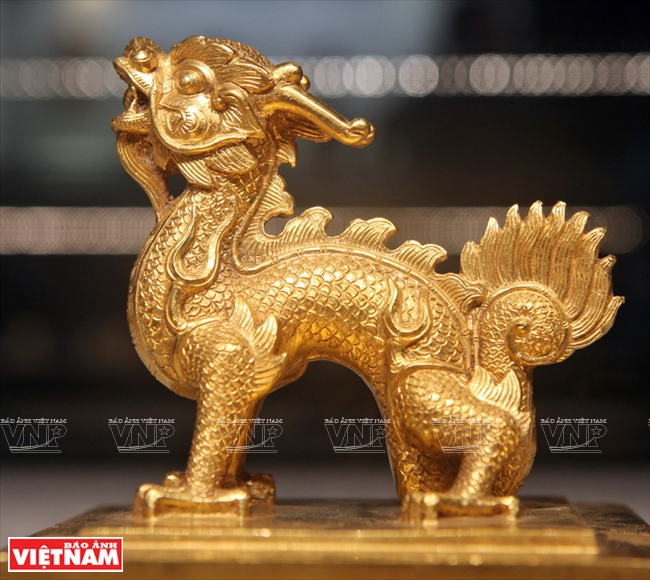
A dragon carved on the “Dai Nam hiep ky lich chi bao” seal (Jade seal of the king of Dai Nam)
dating back to Thieu Tri in the Nguyen Dynasty (1847).
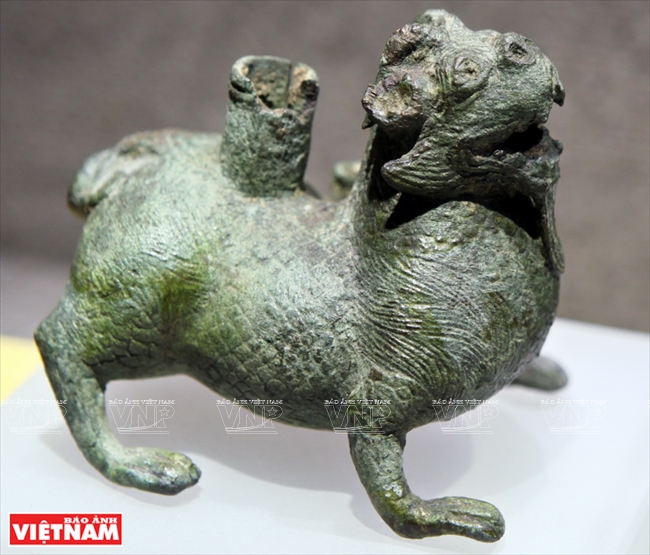
The bronze statue of Tich ta made between the 1st and the 3rd century,
an Oriental rooted animal which looks like a winged lion.
It is a defending animal that can expel demonic powers and bad luck.
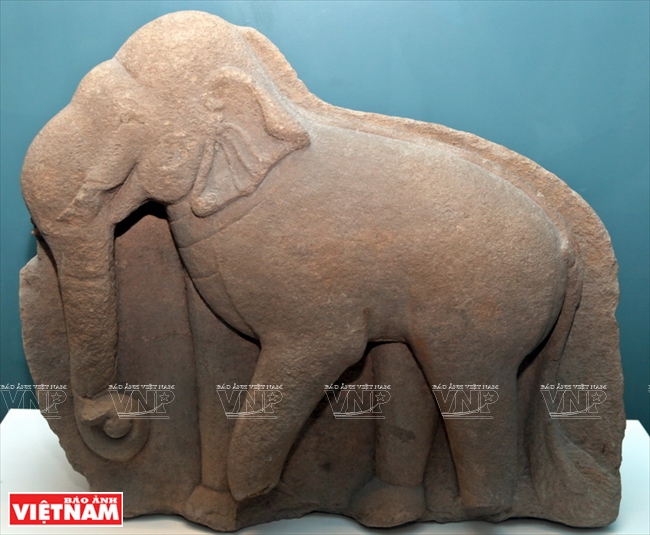
A stone elephant of the Cham civilisation (the 10th century)
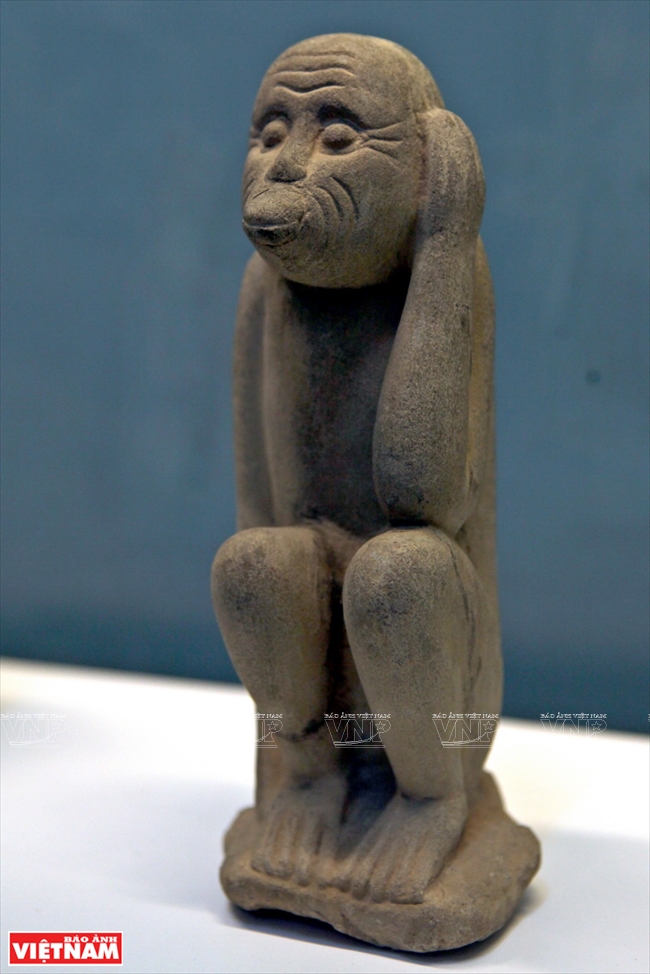
A monkey statue in the series of Three Wise Monkeys (embodying the principle of “See no evil,
Hear no evil, Speak no evil”) made of stone in the Ly Dynasty (the 11th-13th century).
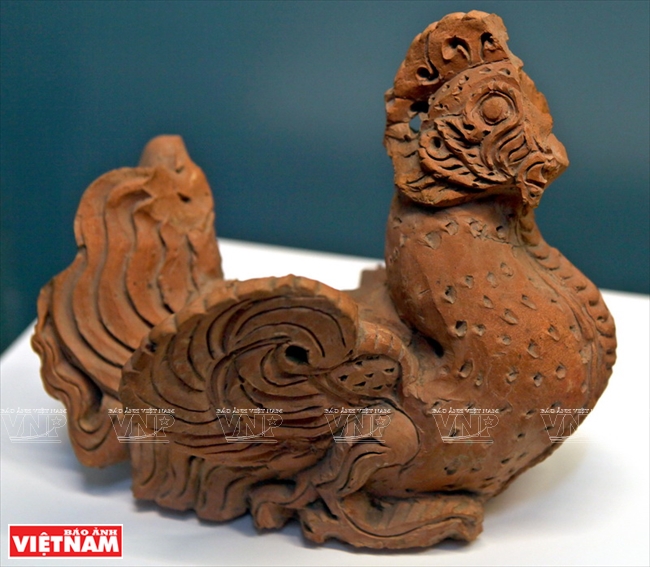
A Terra cotta Mandarin duck statue in the Ly Dynasty (the 11th-13th century).
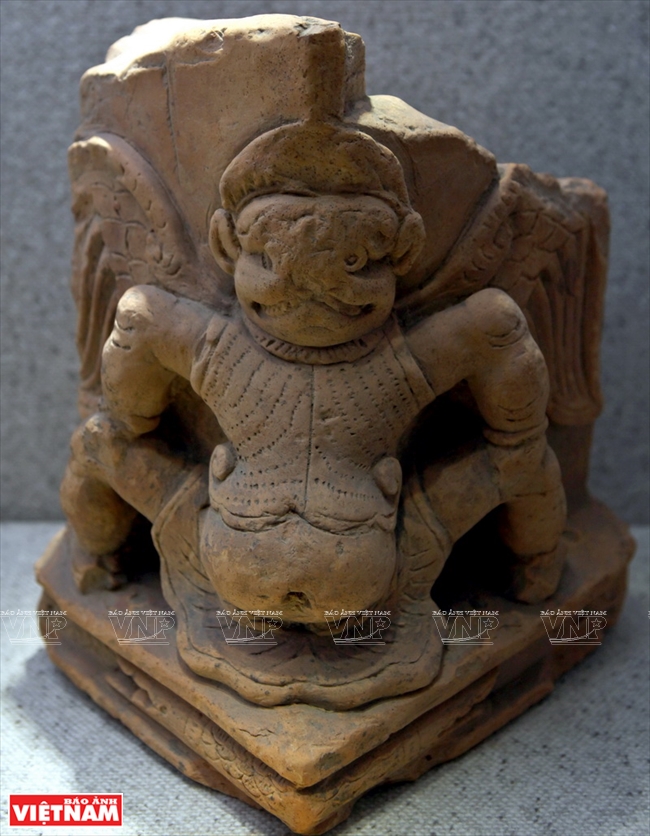
The image of a Garuda holy bird carved on a terra cotta object in the Ly Dynasty (the 11th-13th century).

A Nghe (a mythological lion-head, dog-body animal) statue made of green and white ceramics
in the Le Trung Hung period (the 17th century). It is a legendary animal in Vietnamese culture,
which is often placed at the gate of pagodas and temples.
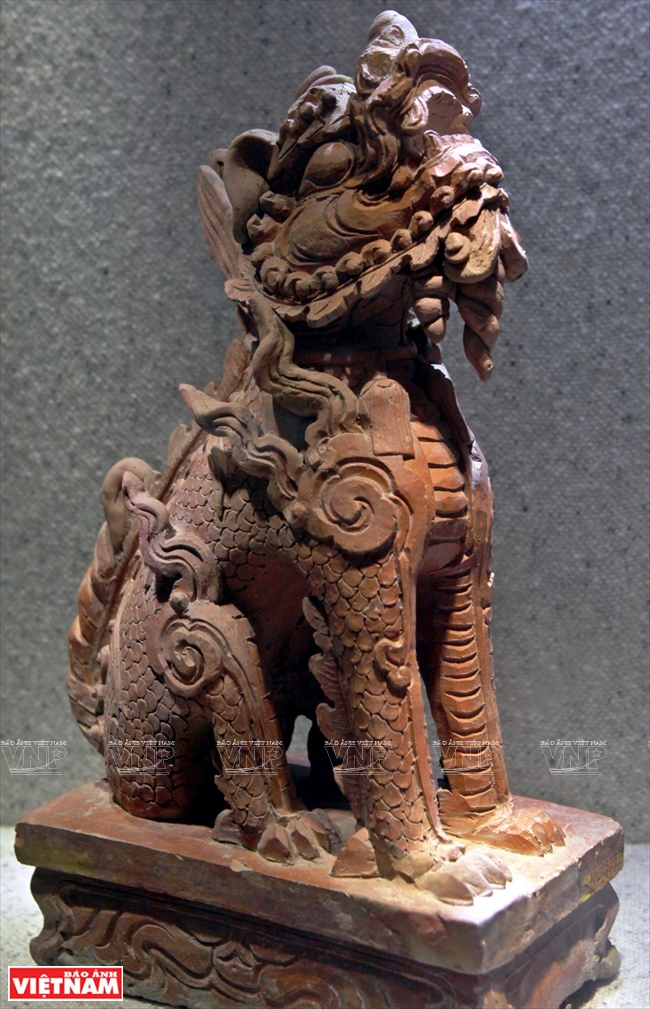
A Nghe statue made of terra cotta in the Le Trung Hung period (the 17th-18th century).

A Si van (a legendary sea creature with a curved tail) statue made of terra cotta
in the Le Trung Hung period (the 17th-18th century).

A lion statue made of terra cotta in the 18th-19th century,
it is often attached to columns in ancient buildings as a defending animal.

Statues of 12 animal designations made of jade in the Nguyen Dynasty (the 19th-20th century)
are used to count time according to the lunar orbit in the palace.
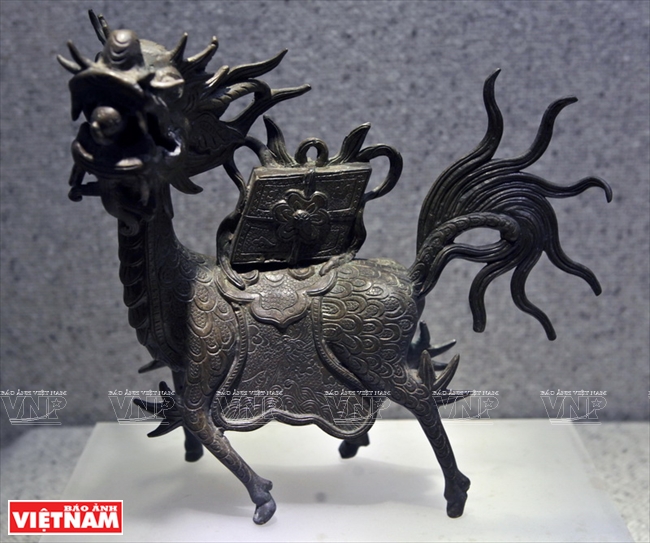
A Longma statue made of bronze in the Nguyen Dynasty (the 19th-20th century).

Statues of a couple of snakes with human heads made of white ceramics
in the Nguyen Dynasty (the 19th-20th century). |